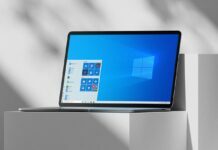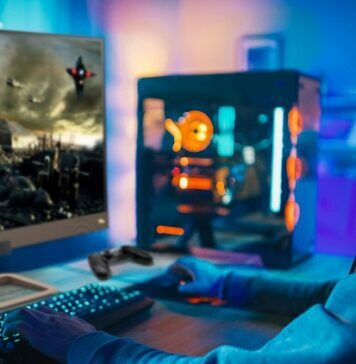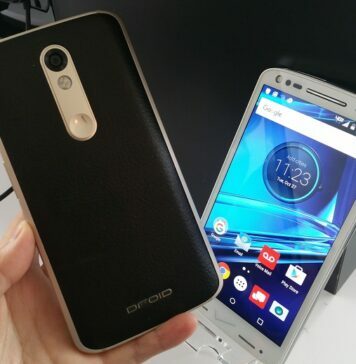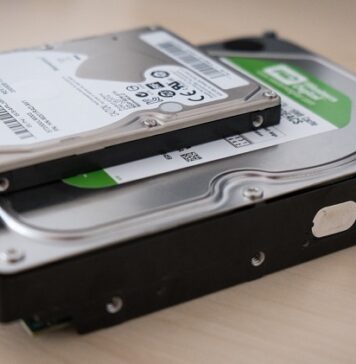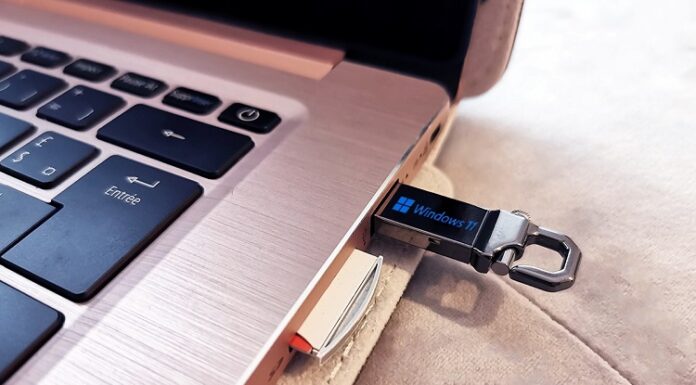Are you struggling hard to resume your work due to having hardware issues on Windows 10? There could be something wrong with the driver, which need to be resolved immediately in order to maintain stability and performance.
The driver is actually an important part of the software that allows the components of your PC to work together. Whether they are out-dated or corrupted, there are 100% chances of getting problems in using your system effectively, making your PC crashes, bringing adverse impact on its performance and even can lead to improper working of peripherals.
Due to these reasons, you should always pay attention to drivers whenever you find any kind of difficulty in operating the components in your PC.
Usually, Windows 10 install drivers automatically with the help of the number of built-in product drivers and Windows Update. But sometimes, it requires updating them manually for one or another reason.
In this guide, you will learn about different ways to update your drivers, or we can keep your drivers up to speed, in Windows 10.
Table of Contents
Update Drivers using Windows Update
The first recommended way to update your drivers is using Windows Update, a built-in tool of Microsoft. This method is the perfect solution when you want to go with the general checking of the drivers and want to get updates for the OS itself.
You need to follow these steps to update your drivers quickly using Windows Update.
- Press Windows key and click on the Settings icon.
- Click Update & Security option from the Settings Window.
- Now click on Windows Update option.
- Click ‘Check for Updates’ button from the right panel.
Once you are done with these steps, it will download and install the missing driver as a result of an upgrade or clean installation, or a new driver to improve the older version.
If you want a specific driver to be updated, the quickest and easiest method is in the next section.
Update Drivers Using Device Manager
If you want to update a driver for a particular component, like for a printer, monitor, Wi-Fi extender or other, it can be done using Device Manager.
The steps are as follows:
- Open the Start menu.
- Type Device Manager on the search box and click the first result to open it.
- Now, you need to double-click the category with the list containing a device you want to update.
- Select the device and right-click it.
- Now click Update Driver option from the drop-down menu.
6. It will take you on a screen for an option to search for drivers. Here, you require clicking the option ‘Search automatically for updated driver software’.
If you have any issues with your printer drivers you can visit driversepsonprinter.com to get a solution to your problem.
When you complete these steps, the Device Manager will download and install the driver automatically if its newer update is available.
In case if a driver is not available, you will have to download and install it manually from the manufacturer’s support website. Simply follow their instructions for getting an update from the manufacturer. If instructions are not available, double-click the .exe file or extract the .zip file and follow these steps.
You require following all the above steps, except step #6. Here you need to select the second option ‘Browse my computer for driver software’.
7. Click on Browse button.
8. Now, select the folder containing an extracted content and click Ok.
9. Make sure to check the ‘Include subfolders’ option that will allow the wizard to find the .inf file for updating the driver.
10. Click the ‘Next’ button.
These steps will download and install the new driver on your PC, improving the overall experience.
Update Graphics Drivers
As updating drivers frequently are not recommended, unless it is necessary, still graphics manufacturers come with new updates that not only help in improving the experience, but in supporting the displays and fixing problems with PC games.
If you do not want to wait for the latest update for your graphics card through Windows Update, you have three ways to use graphics control panels to download and install the latest driver, i.e. Nvidia, AMD, and Intel.
- Manual
You can download the latest graphics driver directly from the official websites of Nvidia, AMD, and Intel. Once you download the package, make sure to complete installation by following the instructions given by the manufacturer.
- Automatically
No worries, if you do not know the model of your graphics card, most of the manufacturing companies provide an assistant tool which is designed to help you in checking, downloading and installing the most recent driver automatically.
While you are on the website of Nvidia, AMD or Intel, simply click the download button for the assistant, double-click the file and follow the instructions to complete the graphics driver update.
You must also keep in mind that the manufacturers of your device like computer, laptop or tablet can modify the drivers anytime either to limit or to expand the functionalities so that drivers can operate smoothly in these devices. So, instead of using Nvidia, AMD or Intel, it is recommended to get the most recent update from the support websites of these devices. It is so, to avoid any kind of unexpected behavior, like missing some features and configurations.
Determine If a Driver is Updated Successfully
Once you are done with installing an update for a specific driver, you need to make sure that it is updated successfully. You require following the given steps to get the information of a driver in Windows 10.
- Open the Start menu.
- Type Device Manager on the search box and click the first result to open it.
- Now, you need to double-click the category with the list containing a device you want to update.
- Select the device and right-click it.
- Now select the Properties option from the drop-down menu
- Click the ‘Driver’ tab to get the information like ‘Driver Date’ and ‘Driver Version’.
Now, match this information with the details provided by the manufacturer and if it matches, it means you are running the most recent driver.


